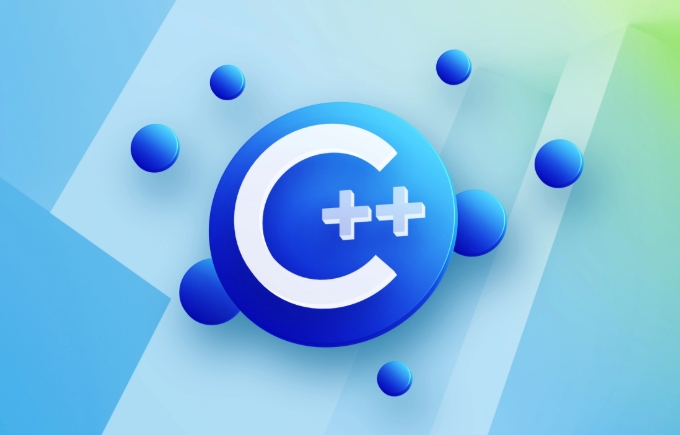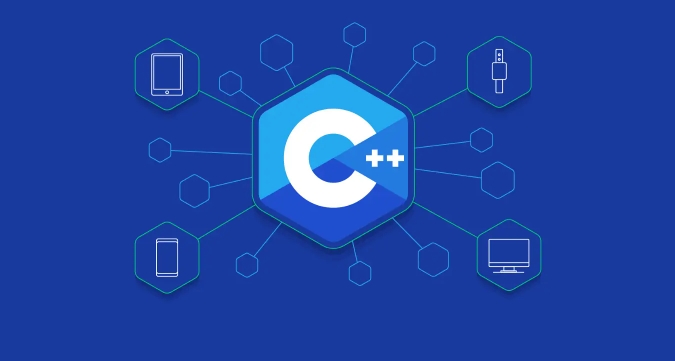To compile and run a C program, you need to 1) install a compiler like g , clang , or MinGW depending on your OS, 2) write your code in a text editor and save it with a .cpp extension, 3) compile the code using a command like g hello.cpp -o hello, and 4) execute the resulting binary by typing ./hello on Linux/macOS or hello.exe on Windows. Proper tool installation, correct syntax, and careful error checking during compilation are essential for success.

To compile and run a C program, you need to write the code using a text editor or an integrated development environment (IDE), use a C compiler like g or clang to turn the source code into an executable file, and then execute that file in your terminal or command prompt.

Choosing the Right Tools
Before compiling and running a C program, make sure you have the right tools installed. Most modern operating systems don’t come with a C compiler by default, so you’ll likely need to install one.

- On Windows, you can install MinGW or use the Windows Subsystem for Linux (WSL).
- On macOS, installing Xcode or the Command Line Tools via
xcode-select --installwill get you set up. - On Linux, most distributions come with
gpreinstalled, but if not, you can install it via your package manager (e.g.,sudo apt install gon Debian/Ubuntu).
Once you have a compiler, you’re ready to start writing and building programs.
Writing Your C Code
Use any plain text editor (like VS Code, Sublime Text, or even Notepad) to write your C code. Save the file with a .cpp extension — for example, hello.cpp.

Here’s a basic example of a C program:
#include <iostream>
int main() {
std::cout << "Hello, world!" << std::endl;
return 0;
}Make sure the syntax is correct — a small typo can prevent the program from compiling. If you're just starting out, it's helpful to look at examples and follow along closely.
Compiling the Program
Open your terminal or command prompt and navigate to the directory where your .cpp file is located.
To compile using g , type:
g hello.cpp -o hello
This tells the compiler to take hello.cpp and output (-o) an executable named hello. If there are no errors in your code, this will create an executable file in the same folder.
If you see errors during compilation:
- Read them carefully — they often point to the line number and describe what went wrong.
- Common issues include missing semicolons, incorrect function names, or misspelled keywords.
Running the Compiled Program
After successfully compiling, you can run the program by typing:
On Linux/macOS:
./hello
On Windows (if using MinGW):
hello.exe
You should see the output of your program printed in the terminal. In our example, it would display:
Hello, world!
If nothing happens or you see unexpected behavior, double-check both your code and the compilation process.
That’s basically all there is to it. It might seem a bit tricky the first time, especially if you run into errors, but once you get the hang of it, compiling and running C programs becomes second nature.
The above is the detailed content of How to compile and run a C program?. For more information, please follow other related articles on the PHP Chinese website!

Hot AI Tools

Undress AI Tool
Undress images for free

Undresser.AI Undress
AI-powered app for creating realistic nude photos

AI Clothes Remover
Online AI tool for removing clothes from photos.

Clothoff.io
AI clothes remover

Video Face Swap
Swap faces in any video effortlessly with our completely free AI face swap tool!

Hot Article

Hot Tools

Notepad++7.3.1
Easy-to-use and free code editor

SublimeText3 Chinese version
Chinese version, very easy to use

Zend Studio 13.0.1
Powerful PHP integrated development environment

Dreamweaver CS6
Visual web development tools

SublimeText3 Mac version
God-level code editing software (SublimeText3)

Hot Topics
 Using std::chrono in C
Jul 15, 2025 am 01:30 AM
Using std::chrono in C
Jul 15, 2025 am 01:30 AM
std::chrono is used in C to process time, including obtaining the current time, measuring execution time, operation time point and duration, and formatting analysis time. 1. Use std::chrono::system_clock::now() to obtain the current time, which can be converted into a readable string, but the system clock may not be monotonous; 2. Use std::chrono::steady_clock to measure the execution time to ensure monotony, and convert it into milliseconds, seconds and other units through duration_cast; 3. Time point (time_point) and duration (duration) can be interoperable, but attention should be paid to unit compatibility and clock epoch (epoch)
 What is the volatile keyword in C ?
Jul 04, 2025 am 01:09 AM
What is the volatile keyword in C ?
Jul 04, 2025 am 01:09 AM
volatile tells the compiler that the value of the variable may change at any time, preventing the compiler from optimizing access. 1. Used for hardware registers, signal handlers, or shared variables between threads (but modern C recommends std::atomic). 2. Each access is directly read and write memory instead of cached to registers. 3. It does not provide atomicity or thread safety, and only ensures that the compiler does not optimize read and write. 4. Constantly, the two are sometimes used in combination to represent read-only but externally modifyable variables. 5. It cannot replace mutexes or atomic operations, and excessive use will affect performance.
 How to get a stack trace in C ?
Jul 07, 2025 am 01:41 AM
How to get a stack trace in C ?
Jul 07, 2025 am 01:41 AM
There are mainly the following methods to obtain stack traces in C: 1. Use backtrace and backtrace_symbols functions on Linux platform. By including obtaining the call stack and printing symbol information, the -rdynamic parameter needs to be added when compiling; 2. Use CaptureStackBackTrace function on Windows platform, and you need to link DbgHelp.lib and rely on PDB file to parse the function name; 3. Use third-party libraries such as GoogleBreakpad or Boost.Stacktrace to cross-platform and simplify stack capture operations; 4. In exception handling, combine the above methods to automatically output stack information in catch blocks
 How to call Python from C ?
Jul 08, 2025 am 12:40 AM
How to call Python from C ?
Jul 08, 2025 am 12:40 AM
To call Python code in C, you must first initialize the interpreter, and then you can achieve interaction by executing strings, files, or calling specific functions. 1. Initialize the interpreter with Py_Initialize() and close it with Py_Finalize(); 2. Execute string code or PyRun_SimpleFile with PyRun_SimpleFile; 3. Import modules through PyImport_ImportModule, get the function through PyObject_GetAttrString, construct parameters of Py_BuildValue, call the function and process return
 What is function hiding in C ?
Jul 05, 2025 am 01:44 AM
What is function hiding in C ?
Jul 05, 2025 am 01:44 AM
FunctionhidinginC occurswhenaderivedclassdefinesafunctionwiththesamenameasabaseclassfunction,makingthebaseversioninaccessiblethroughthederivedclass.Thishappenswhenthebasefunctionisn’tvirtualorsignaturesdon’tmatchforoverriding,andnousingdeclarationis
 What is a POD (Plain Old Data) type in C ?
Jul 12, 2025 am 02:15 AM
What is a POD (Plain Old Data) type in C ?
Jul 12, 2025 am 02:15 AM
In C, the POD (PlainOldData) type refers to a type with a simple structure and compatible with C language data processing. It needs to meet two conditions: it has ordinary copy semantics, which can be copied by memcpy; it has a standard layout and the memory structure is predictable. Specific requirements include: all non-static members are public, no user-defined constructors or destructors, no virtual functions or base classes, and all non-static members themselves are PODs. For example structPoint{intx;inty;} is POD. Its uses include binary I/O, C interoperability, performance optimization, etc. You can check whether the type is POD through std::is_pod, but it is recommended to use std::is_trivia after C 11.
 What is a null pointer in C ?
Jul 09, 2025 am 02:38 AM
What is a null pointer in C ?
Jul 09, 2025 am 02:38 AM
AnullpointerinC isaspecialvalueindicatingthatapointerdoesnotpointtoanyvalidmemorylocation,anditisusedtosafelymanageandcheckpointersbeforedereferencing.1.BeforeC 11,0orNULLwasused,butnownullptrispreferredforclarityandtypesafety.2.Usingnullpointershe
 How to pass a function as a parameter in C ?
Jul 12, 2025 am 01:34 AM
How to pass a function as a parameter in C ?
Jul 12, 2025 am 01:34 AM
In C, there are three main ways to pass functions as parameters: using function pointers, std::function and Lambda expressions, and template generics. 1. Function pointers are the most basic method, suitable for simple scenarios or C interface compatible, but poor readability; 2. Std::function combined with Lambda expressions is a recommended method in modern C, supporting a variety of callable objects and being type-safe; 3. Template generic methods are the most flexible, suitable for library code or general logic, but may increase the compilation time and code volume. Lambdas that capture the context must be passed through std::function or template and cannot be converted directly into function pointers.






